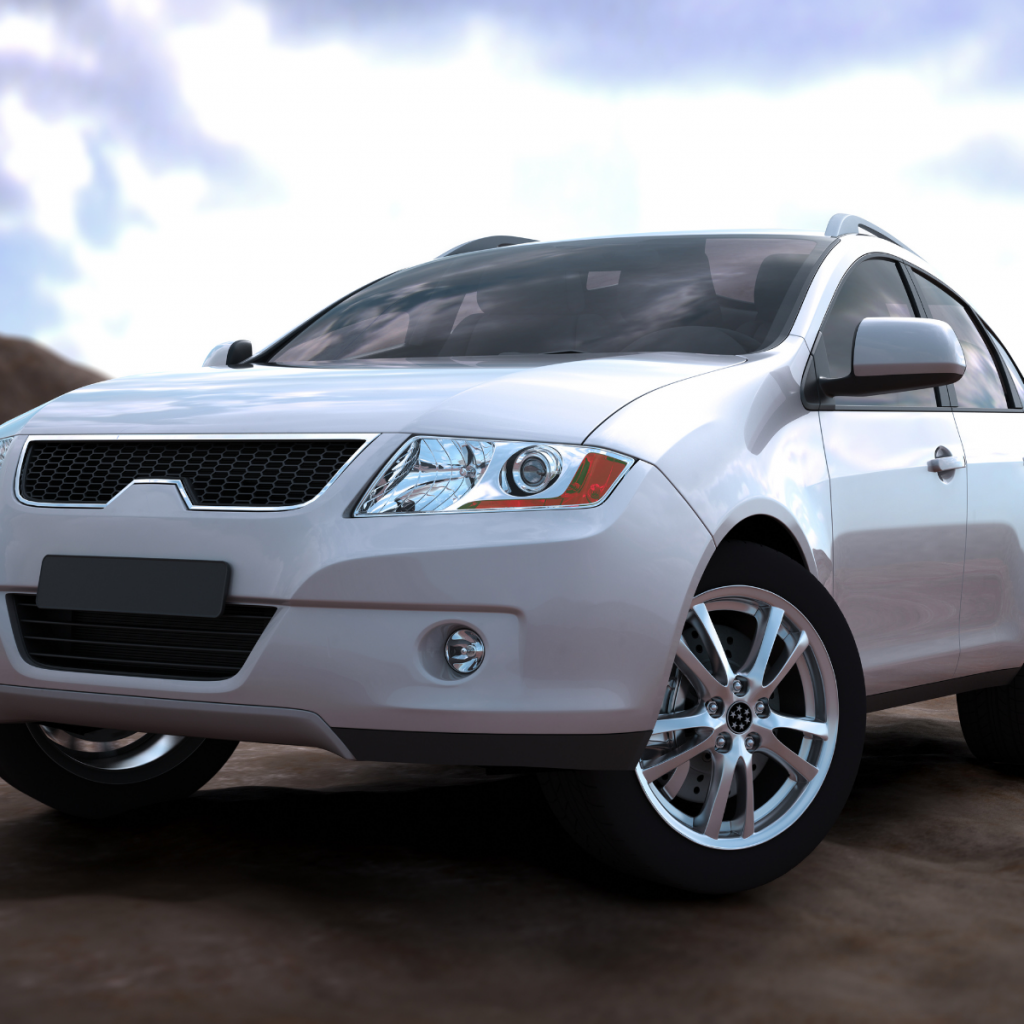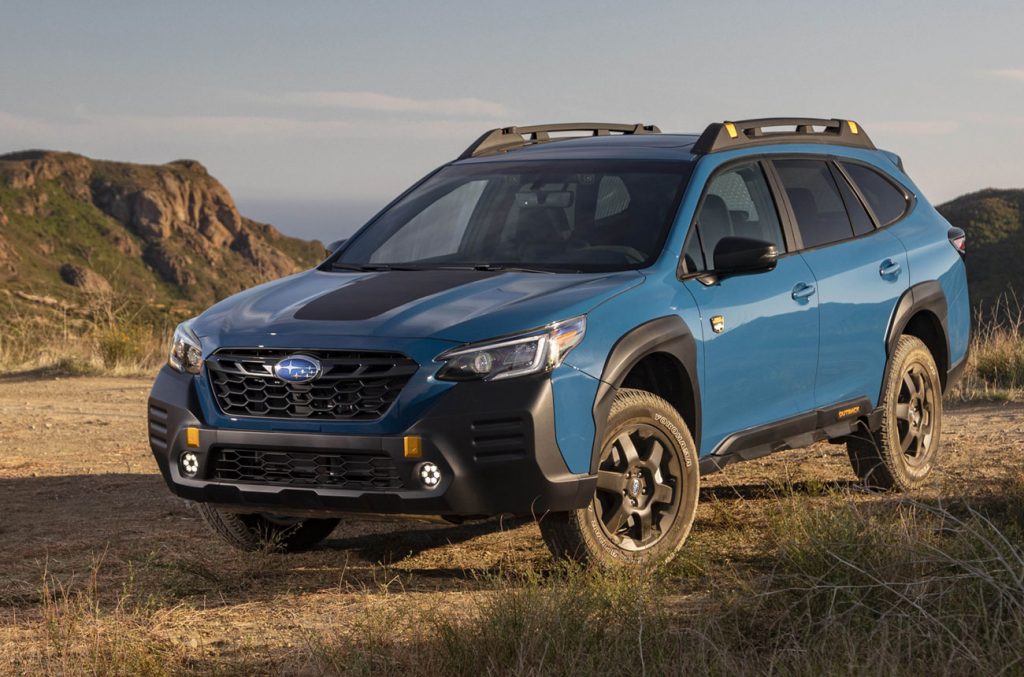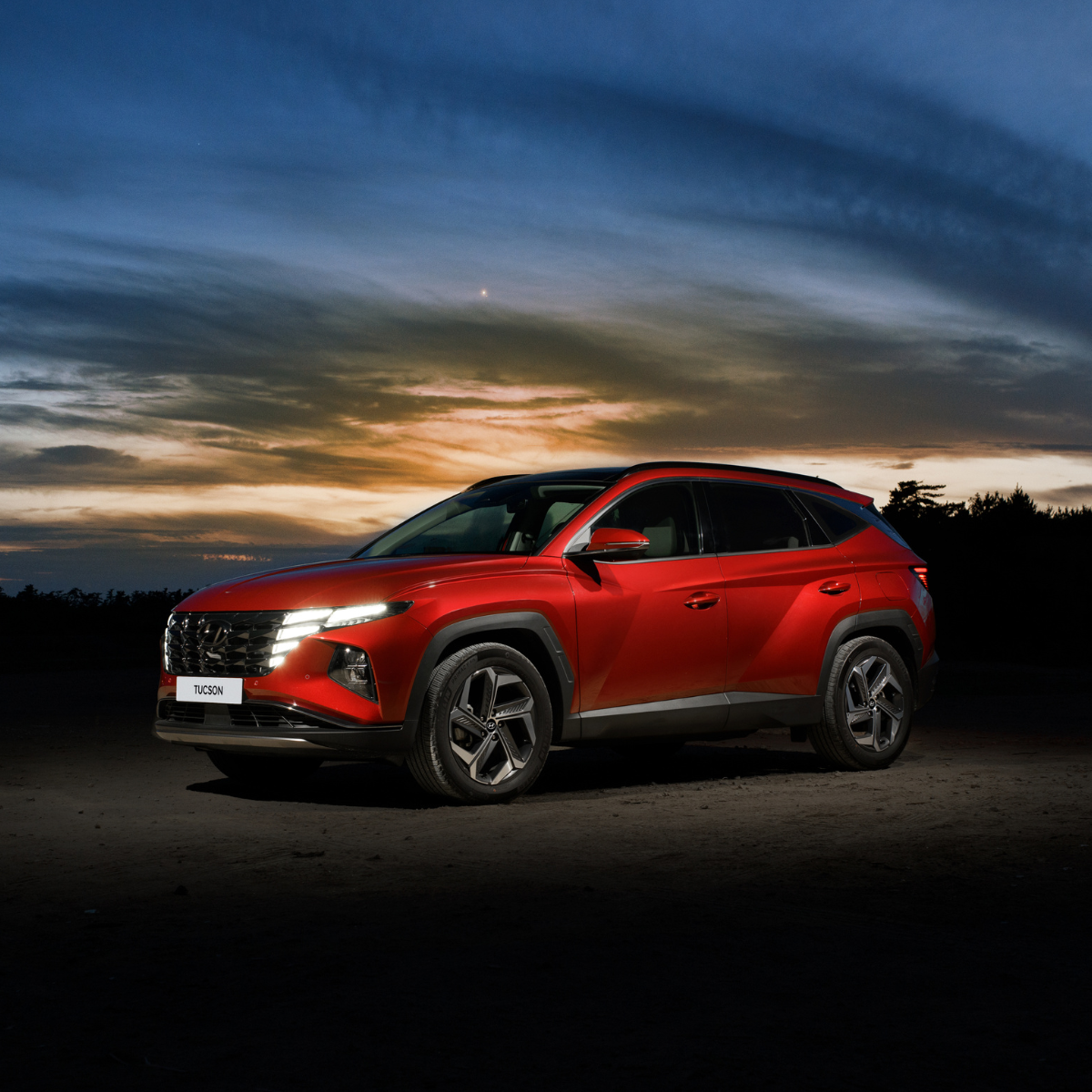Modern SUVs are no longer just about power and performance; they have evolved into sophisticated vehicles that incorporate the latest technologies to enhance comfort, safety, and overall driving experience. As consumers demand more from their vehicles, automakers are continuously introducing innovative features that go beyond traditional expectations. From advanced driver-assist systems to cutting-edge infotainment interfaces, the integration of technology into SUVs has reshaped the way people interact with their vehicles. In this article, we will explore the most exciting and groundbreaking technologies in modern SUVs that are redefining how we drive, navigate, and stay connected.
Advanced Driver-Assistance Systems (ADAS)
One of the most significant advancements in modern SUVs is the incorporation of advanced driver-assistance systems (ADAS). These technologies are designed to improve safety by providing real-time alerts and automated responses to potential hazards. Some of the most common ADAS features include lane-keeping assist, adaptive cruise control, automatic emergency braking, and blind-spot monitoring. These systems use a combination of sensors, cameras, and radar to monitor the vehicle’s surroundings and help drivers avoid accidents.

For example, lane-keeping assist helps keep the SUV centered in its lane, while adaptive cruise control automatically adjusts the vehicle’s speed based on traffic conditions. In more advanced models, systems like traffic sign recognition, pedestrian detection, and rear cross-traffic alert offer additional layers of protection. These features are becoming standard in many new SUVs, ensuring that drivers experience a safer journey whether they’re commuting in the city or driving on the highway.
Semi-Autonomous Driving Capabilities
Taking driver-assistance to the next level, many modern SUVs now come equipped with semi-autonomous driving features. These systems allow the vehicle to take control of certain driving functions under specific conditions, offering a glimpse into the future of fully autonomous vehicles. Semi-autonomous driving technology can handle functions such as steering, braking, and accelerating without direct input from the driver.
Tesla’s Autopilot is perhaps the most well-known example, but many other automakers are following suit with their own iterations of semi-autonomous driving systems. The goal of these technologies is to reduce driver fatigue, increase convenience, and improve safety by allowing drivers to relax during long trips or heavy traffic situations. While these systems are not yet fully autonomous, they represent an important step towards self-driving vehicles.
Electric Powertrains and Hybrid Technologies
As the automotive industry shifts towards sustainability, electric powertrains and hybrid technologies are playing a significant role in modern SUVs. These technologies aim to reduce emissions, improve fuel efficiency, and decrease reliance on traditional internal combustion engines. Many SUVs now offer hybrid or fully electric options, providing drivers with the flexibility to choose a vehicle that aligns with their eco-friendly values without compromising on performance.
Electric SUVs, such as the Rivian R1S, Audi e-tron, and Tesla Model X, offer impressive range, fast acceleration, and zero emissions, making them a popular choice for environmentally conscious consumers. On the other hand, hybrid SUVs like the Toyota Highlander Hybrid and Ford Escape Hybrid combine the efficiency of an electric motor with the power of a traditional gasoline engine, offering drivers the best of both worlds.
In addition to improved fuel efficiency, electric and hybrid SUVs also benefit from instant torque, delivering quick acceleration and a smooth driving experience. As the infrastructure for electric vehicles expands and technology continues to improve, these options are likely to become even more mainstream in the years to come.
Intelligent Infotainment Systems
The infotainment system is at the heart of the modern SUV’s cabin, serving as the central hub for entertainment, navigation, and connectivity. Today’s infotainment systems are more advanced than ever, offering intuitive touchscreens, voice commands, and seamless integration with smartphones and other devices. The integration of Apple CarPlay, Android Auto, and built-in navigation makes it easier for drivers to access their favorite apps, stream music, and get real-time traffic updates without taking their eyes off the road.

Additionally, SUVs now come with more advanced voice recognition technology, allowing drivers to control various functions of the vehicle hands-free. This means you can make calls, send texts, adjust the climate control, and even change the radio station by simply speaking a command. Voice recognition is growing increasingly accurate, reducing the need for physical interaction with the touchscreen and enhancing safety.
Moreover, some premium SUVs feature large, high-resolution displays, often with multiple screens for different functions such as entertainment, navigation, and climate control. For example, the Mercedes-Benz EQS SUV features an MBUX Hyperscreen, a seamless curved display that spans across the entire dashboard, providing an immersive and futuristic interface.
Smart Suspension Systems
Another breakthrough technology in modern SUVs is smart suspension systems that adapt to the road conditions in real-time. Traditional suspension systems are designed to absorb shocks and provide a smooth ride, but smart suspension systems take it a step further by automatically adjusting the suspension’s stiffness based on the terrain or driving conditions.
For instance, air suspension systems use air springs instead of traditional metal coils to provide a softer ride. These systems can raise or lower the vehicle depending on the type of terrain, offering better clearance for off-road driving or lowering the SUV for improved aerodynamics at high speeds. Some SUVs, such as the Range Rover Sport and Audi Q7, offer adaptive dampers that continuously adjust the shock absorbers to optimize comfort and handling. This ensures that drivers experience a smooth and controlled ride, whether they’re navigating city streets or tackling rough trails.
Advanced Lighting Technology
Modern SUVs are also equipped with advanced lighting technology that enhances both safety and aesthetics. LED and laser headlights are now standard in many high-end models, offering brighter and more energy-efficient lighting compared to traditional halogen bulbs. These lights provide better illumination, improving visibility for the driver and reducing the risk of accidents at night.
One of the most exciting advancements in lighting technology is adaptive headlights. These headlights automatically adjust their direction based on the steering angle, speed, and elevation of the vehicle, ensuring that the road ahead is always well-lit, regardless of the terrain or driving conditions. Some models, like the BMW X5, offer adaptive LED headlights that even change the intensity and range of the beam based on the vehicle’s speed and steering input.
Connectivity and Over-the-Air Updates
In today’s digital age, connectivity has become a major selling point for modern SUVs. Many vehicles now come equipped with built-in 4G or 5G connectivity, allowing passengers to stay connected on the go. This feature can enable features like Wi-Fi hotspots, real-time navigation updates, and streaming services, turning the SUV into a mobile entertainment hub.
Additionally, over-the-air (OTA) updates are becoming a game-changer in the automotive world. These updates allow automakers to remotely install software improvements, bug fixes, and even new features without requiring a visit to the dealership. Tesla was one of the pioneers in offering OTA updates, and now many other manufacturers, such as Ford and BMW, are following suit, ensuring that their vehicles remain up-to-date with the latest features and performance enhancements.
Conclusion: The Future of SUVs
Modern SUVs are a testament to how far automotive technology has come. With advancements in safety, performance, connectivity, and sustainability, these vehicles offer a combination of features that make them more appealing than ever. Whether you’re looking for a vehicle that offers cutting-edge driver assistance systems, sustainable powertrains, or a high-tech cabin, modern SUVs have something for everyone.

As technology continues to evolve, it’s likely that SUVs will become even more advanced, with fully autonomous driving, electric powertrains, and increasingly sophisticated infotainment systems. The future of SUVs is undoubtedly exciting, and as more drivers embrace these innovations, we can expect to see even more groundbreaking technologies in the years to come.

Leave a Reply